Any organization that aspires to successfully accomplish its objectives, adjust to changes, and maximize its performance must have the ability to plan. Functional leaders should never create strategic plans in a vacuum, but given the turbulent times we live in today, it is especially important that these plans take into account a range of possible outcomes and can adapt to changes in corporate strategy. The following are some strategies that businesses can use to successfully plan for success using effective methods:
Assess the current situation and capabilities
Prior to making future plans, it’s critical to comprehend the organization’s current situation. This entails carrying out a comprehensive SWOT analysis—a breakdown of the organization’s strengths, weaknesses, opportunities, and threats. Finding competitive advantages, areas for development, possible hazards, and fresh possibilities can all be supported by a SWOT analysis. It would also be beneficial to use other methods, like benchmarking, surveys, or audits, to obtain pertinent information and input from stakeholders, clients, and employees.
Determining the essential functional skills needed to carry out the action plan would also be crucial. It is best to use the findings to the actions above to create a prioritized list of functional competencies to strengthen or identify the gaps to fill.
Define the goals and objectives
Begin identifying future goals and objectives once a comprehensive picture of the existing situation has been established. While objectives are the precise, quantifiable actions that must be performed in order to obtain goals, goals are the general, long-term results that an organization would like to achieve. SMART stands for specified, measurable, achievable, relevant, and time-bound, and thus describes the goals and objectives. In order to ensure that the plan at hand is workable, feasible, and reviewed, they should also be in line with the organization’s vision, mission, and values as well as the priorities and available resources.
Develop your strategies and action plans while involving the right people
The development of strategies and action plans would come next, after the goals and objectives have been established. Action plans are the specific tasks, responsibilities, and deadlines that can be delegated to team members, whereas strategies are the broad techniques that can be employed to accomplish the goals. Since they may have an impact on the organization, the strategies and action plans should be reasonable, adaptive, and flexible. Both internal and external elements must be considered. It would be essential to ask the team members for their opinions and ideas and to communicate the strategy and action plans to them in a clear and consistent manner.
To build on the first point, give careful consideration to who the right individuals are, both internally and externally, and involve them in the creation of the strategies to be implemented. Many organizations may even hire management consultants to help with the plan’s development. These consultants would mostly serve as group exercise facilitators, but they would also offer guidance on the structure and content of the plan, as well as lead or assist during its development.
Monitor and evaluate your progress
It would be essential to monitor and assess the progress after the strategies and action plans have been put into action. In order to do this, performance indicators like sales, revenue, customer satisfaction, and employee engagement must be tracked, measured, and compared to the anticipated outcomes. To evaluate the influence and efficacy of the activities made, organizations can also gather and examine qualitative and quantitative data from sources including reports, testimonials, and feedback.
Remember that plans must be revised over time. Nobody can write or sit down and create a great plan in a single sitting. To make sure the strategy is thorough and feasible, it must be revised at least twice, if not more, with input from the entire team. To evaluate how each strategic initiative will affect the important management functions, resources, and processes, a strategic plan needs to take into account all of these varied components.
For every effort, a strategic plan needs to incorporate key performance indicators (KPIs). These could be metrics for specific staff members, divisions, or the organization itself. The KPIs need to be constantly monitored by organizations, both during and between meetings.
Learn and improve
Lastly, organizations must reflect on their own planning process and make improvements. This entails acknowledging and appreciating the successes in addition to identifying and resolving the difficulties. Examine what went well and what didn’t, and consider how things could be done better the next time. Organizations can tell the team of upcoming planning decisions or update and alter plans during their learning and improvement stage.
Working through an effective strategic planning process involves many more factors and methods. ASSIST Asia is here to assist in developing and carrying out strategies that are in line with the organization’s goals, objectives, and core beliefs.
Contact us now!
References:
Gartner. (n.d.). 9 steps to successful functional strategic planning. https://www.gartner.com/smarterwithgartner/9-steps-successful-functional-strategic-planning
CharityVillage. (2019, November 26). Planning for Success: Top Ten Strategic Planning Tips. https://charityvillage.com/planning_for_success_top_ten_strategic_planning_tips/
Asana, T. (2022, November 17). What is an implementation plan? 6 steps to create one [2023] • asana. https://asana.com/resources/implementation-plan
BDC.ca. (2023, October 18). 5 tips for Implementing your strategic plan. https://www.bdc.ca/en/articles-tools/business-strategy-planning/define-strategy/5-tips-implementing-your-strategic-plan
LinkedIn. (2023, September 22). How do you plan for your organization’s success? How to Plan for Your Organization’s Success: Tips and Best Practices. https://www.linkedin.com/advice/1/how-do-you-plan-your-organizations-success-skills-planning#here%E2%80%99s-what-else-to-consider




